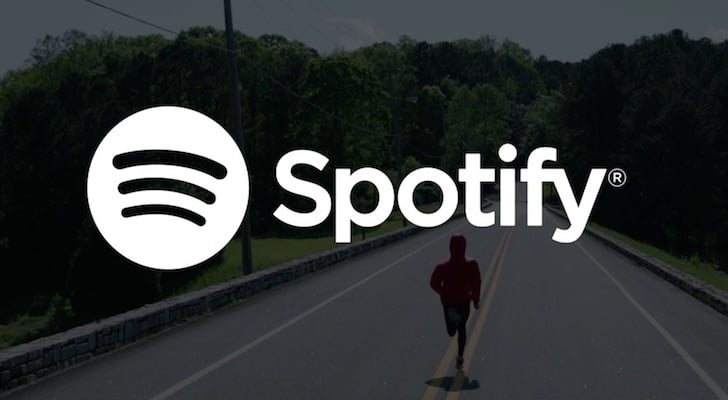After months of speculation, Spotify, the world’s largest streaming music business with 71 million paid subscribers and 159 million active monthly users in 2017, is finally going public … and it’s taking an unusual route to get there. Instead of a traditional initial public offering, Spotify has filed for a direct IPO on the New York Stock Exchange.
Current estimates value Spotify from $19 billion to $23 million with shares trading for anywhere from $90 to $132.50 on the private market so far this year. This does not guarantee the price of shares when Spotify does go public, however.
There is not yet a date for the Spotify IPO. The company’s F-1 Form states Spotify will go public “as soon as practicable after this registration statement is declared effective.”
The company will trade under the ticker SPOT.
Spotify’s IPO Provides a Look Into the Company
Generally, during an IPO, the company uses an underwriting firm. This firm would determine the demand for shares and the best type of security to issue as well as price and timing. But Spotify’s direct public offering is a bit different from your typical offering.
During a direct public offering, the company cuts out the middleman and makes all these determinations itself before selling shares directly to the public.
Spotify’s listing won’t raise additional money for the company, but it could save it quite a bit in fees. And those who are already registered shareholders may decide to sell their ordinary shares to the public through the NYSE. This could increase the valuation of the company and provide a nice bit of publicity, as well as a more intimate look into Spotify as a company.
On page 94 of its filing, for example, Spotify laid where it sees itself fitting into the music world as a whole:
“Our mission is to unlock the potential of human creativity by giving a million creative artists the opportunity to live off their art and billions of fans the opportunity to enjoy and be inspired by these creators.”
Spotify sees itself not as a disruptor of the industry, but a modernizer. Those pirating music were the disruptors. When Spotify launched in 2008, the music industry’s revenue had fallen from $23.7 billion in 1999 to $16.9 billion in 2008.
The rise of the internet had made it easier than ever for people to access and listen to a wide variety of music — and the technology encouraged it.
The first Apple Inc. (NASDAQ:AAPL
) iPods held 2000 songs and the numbers increased exponentially from there. CD prices were nearing $20 for an album of about 15 songs (the same album was 9.99 on iTunes) or 99 cents for an individual song. At these prices, consumers were looking at $1300-$2000 to fill the device they’d already paid a premium for. Thus, piracy rose.
Spotify points out that the music industry has returned to growth — up 6% in 2016 over 2015. Yes, governments have increased regulation on piracy, and a lot of the more popular file-sharing platforms have been shut down, but Spotify has provided the legal alternative.
And Spotify believes that the streaming market is still in its infancy and the “universality of music” gives the company an edge over even Facebook (2.0 billion users) and YouTube (~1.5 billion).
The old methods of distributing music have declined, but music itself hasn’t. If anything, music has grown. More people can create any music, and more people can listen to any music. Spotify is forming the bridge between these two groups.
Spotify Is Growing But Struggling to Make Money
Other companies have taken notice of Spotify and mimicked the platform.
Alphabet Inc’s (NASDAQ:GOOGL) YouTube and Google Play Music have implemented subscription sevices, and so has Amazon.com, Inc. (NASDAQ:AMZN) with Prime Music.
It’s believed that Apple Music’s accumulation of 36 million subscribers in just 3 years is part of the driving force behind the Spotify IPO. Spotify’s edge over Apple is its massive music catalog — over 35 million tracks. But as a result, the company needs to keep spending on music royalties. They’ve spent almost $10 billion since launch.
So while the company’s revenue increased 39% year-over-year in 2017, it still had a net loss.
Bottom Line on Spotify’s IPO
The Spotify offering is risky, especially due to its direct nature and competition, but the company is still growing users at a rapid clip.
It added 9 million premium users globally in Q4 2017 — a 12% increase. During the same quarter, Spotify streamed 11.4 billion hours of music –funded by either premium subscriptions or ads.
And drinking from the public well, however directly, could be the thing this growing business needs to give it a major boost.
As of this writing, Regina Borsellino held no positions in the aforementioned securities.

